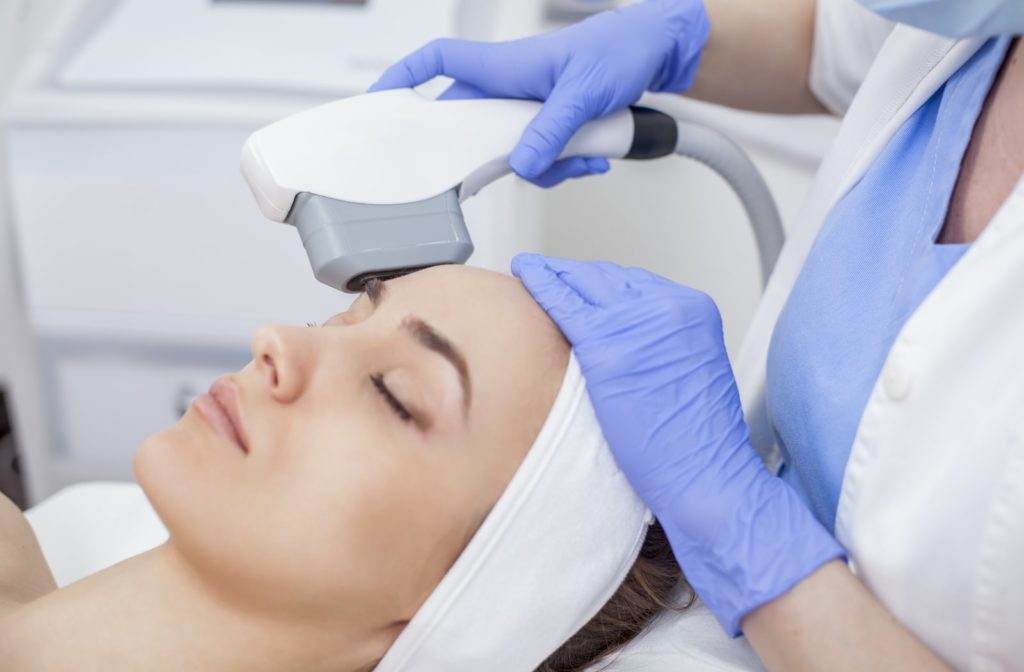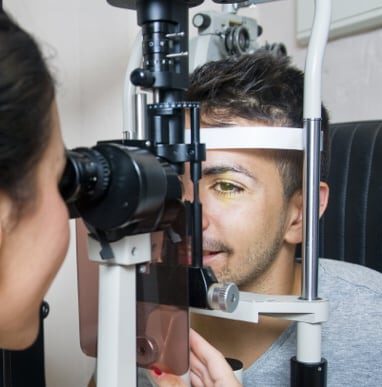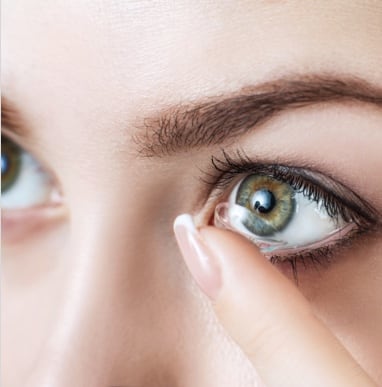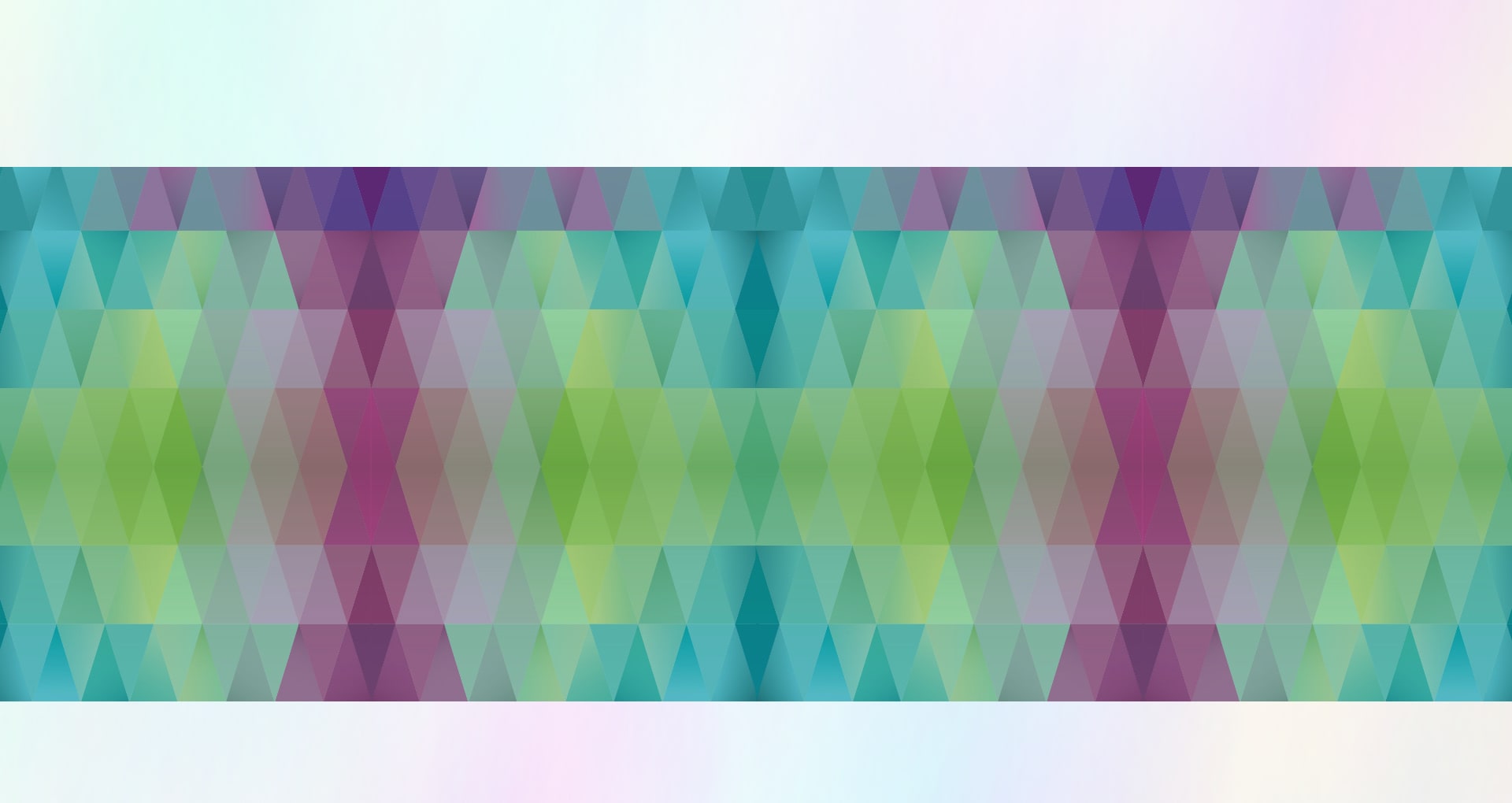Are you tired of your eyes causing you constant discomfort because of the symptoms of dry eye disease? Are over-the-counter supplements and artificial tear solutions no longer effective?
Traditional dry eye treatments, such as eye drops, artificial tears, hot compresses, and eyelid scrubs, aim to relieve symptoms rather than treat the underlying cause of the condition.
Your optometrist may use intense pulsed light (IPL) treatment to treat dry eyes. It targets the underlying causes of dry eye using light therapy, making you more at ease and reducing the severity of your symptoms.
Dry Eye Disease
Dry eye disease occurs when your tears can’t lubricate your eyes adequately. For a variety of reasons, tear production is insufficient and unstable.
Tear instability causes inflammation and damage to the eye’s surface. Your eyes may sting, burn, or itch.
Other signs of dry eye disease are:
- Light sensitivity
- A feeling of grittiness in your eyes
- Stringy mucus in or around your eyes
- Burning sensations
- Eye Strain
- Blurred vision
Dry eyes can be caused by several factors that disrupt the healthy tear film. Three layers make up the tear film: the oil layer, the water layer, and the mucous.
This combination normally keeps the surface of your eyes lubricated, smooth, and clear. Any of these layers can be the source of dry eyes. Dry eyes may occur in many circumstances, including:
- Being in air conditioning
- Several hours of staring at a computer screen
- Changes in hormones
- Autoimmune disorders
- Inflamed eyelid glands
- Allergic eye disease
Meibomian Gland Dysfunction
The oil glands that line the edge of your eyelids, near your eyelashes, are known as meibomian glands. The upper eyelid has 25 to 40 meibomian glands and the lower eyelid has 20 to 30. These glands secrete the oil that coats the eyes and tear film to keep tears from evaporating too quickly.
Meibomian Gland Dysfunction (MGD) is the primary cause of dry eye syndrome. MGD occurs when the oil-producing meibomian glands become clogged and unable to produce a healthy tear film. The oil is essential because it prevents your tear film from evaporating too quickly.
When MGD becomes chronic, and the glands are constantly blocked or clogged, oil secretion becomes impossible, resulting in permanent tear film damage and dry eye syndrome.
IPL Treatment for Dry Eye Disease
IPL treatment involves the application of light flashes to the skin around the eyelids and face.
The mitochondria of the meibomian glands absorb light. This aids in activating the glands, causing them to produce more oil and alleviating dry eyes.
Will IPL Work For You?
Your optometrist will begin with a thorough eye examination to determine the severity of the meibomian gland dysfunction and your skin type. The assessment personalizes the treatment plan for your specific dry eyes.
Once your optometrist confirms that IPL is appropriate for you, they will schedule a minimum of four IPL treatment sessions spread out over three months.
Before Your Appointment
- Avoid excessive sun exposure.
- Before and between IPL sessions, avoid exposing your skin to UV light and artificial tanning (sprays, lotions, gels, etc.)
- Avoid swimming in heavily chlorinated water before your treatment.
- For a week before your appointment, avoid using exfoliating or peeling products.
- For a week before your scheduled session, avoid taking aspirin or ibuprofen.
- Inform your doctor ahead of time if you are taking any medications.
- Remove all makeup and skin care products.
- Keep the treatment area clean and dry.
IPL Treatment
The heat emitted by the light during the IPL procedure helps liquefy and release oils that have hardened and clogged the meibomian glands in the eyelids, reducing blockages that cause dry eye symptoms and improving the quality of your tears.
Following IPL treatment, your optometrist will express oil from the glands, restoring normal oil flow in the tear film. Though patients usually notice an improvement in their dry eye symptoms after the first or second treatment, it is generally recommended that they receive monthly IPL treatments over a four-month period.
What to Expect After Treatment
You may experience some redness right after treatment. This usually goes away after a few hours. For several days after the treatment, you may experience blurred vision.
Aside from that, no downtime is required, and you should be able to resume your normal activities immediately following the treatment.
Think IPL Treatment Might Work For You?
Your optometrist will likely recommend IPL if:
- You suffer from chronic dry eyes.
- You suffer from meibomian gland dysfunction (MGD).
- Other treatments, such as eye drops, have failed to provide long-term relief.
It’s best to consult your optometrist for any dry eye treatment. Your optometrist will be able to correctly diagnose your dry eye and prescribe the appropriate treatment. If you would like to talk to us about ILP therapy, book your appointment today.












